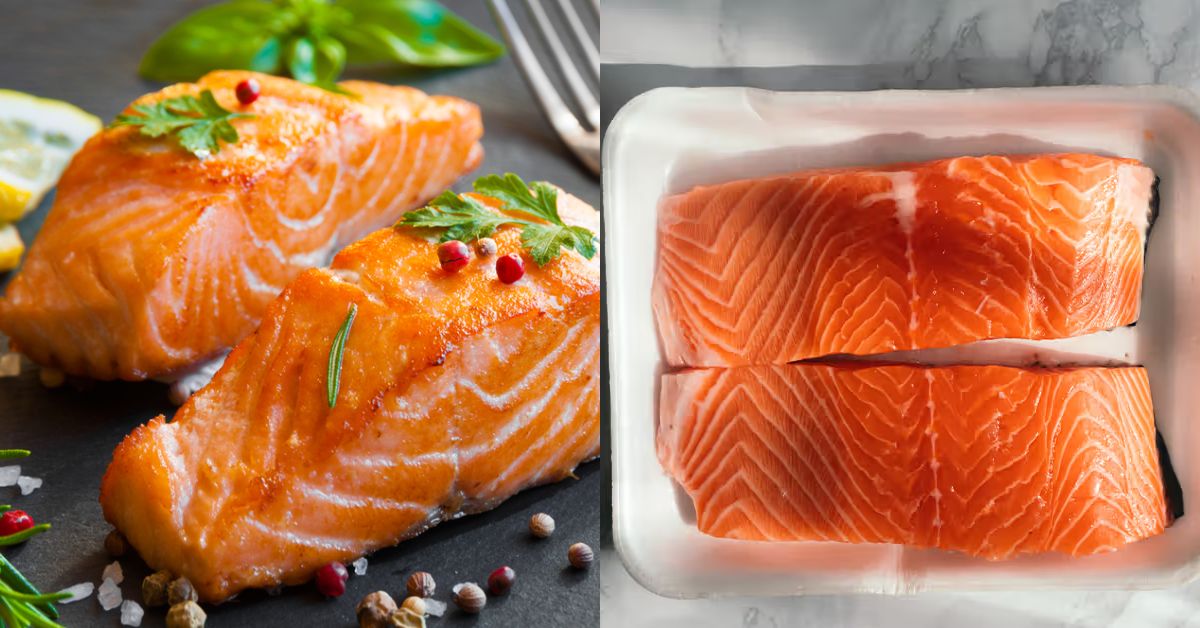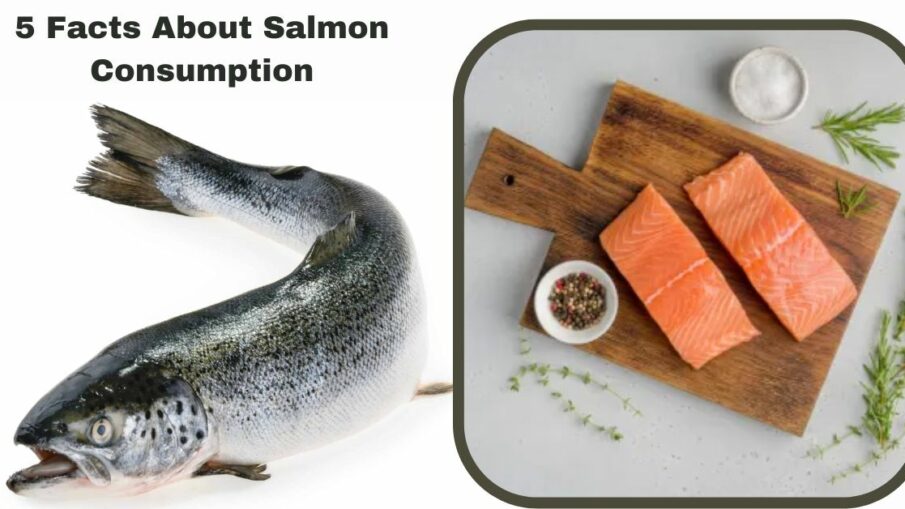Salmon is a popular seafood option because of its flavorful aromas and a host of health advantages. However, it’s critical to be aware of specific information that could cause you to have second thoughts about eating this well-known fish.
We’ll explore some horrifyingly surprising elements of salmon in this post, which may cause you to rethink including fish in your diet. While it’s critical to take into account many viewpoints and make educated decisions about our diets, it’s also necessary to present a balanced viewpoint.
We must assess these details in order to make wise decisions regarding the food we consume. Here are five possibly alarming salmon facts that may cause you to rethink ingesting it:
1. Parasitic Infections
Some wild salmon species, especially those collected in the Pacific Northwest and Alaska, have been known to harbor parasites like tapeworms. If the fish is not prepared or handled appropriately, these parasites may result in health problems.
Salmon cooked to the proper temperature, however, can efficiently kill these parasites. Shoppers from San Diego discovered worms inside salmon at Costco as seen in the video up top. This appears to be a common occurrence. But if you don’t prepare or freeze the salmon properly, it might have a bad effect on you.
2. Antibiotic Use in Farming

To prevent and treat illnesses in dense fish populations, several salmon farms employ antibiotics. Overuse of antibiotics in farming can lead to the emergence of bacteria that are resistant to them, endangering human health.
Salmon shipped from Scotland was reportedly criticized for using antibiotics early this year. Even after the World Health Organization urged farmers to stop using antibiotics in 2017, the industry used more than 8.9 tonnes of the medication in 2021. This gave notice that improper use and abuse of antibiotics were fueling the development of antibiotic resistance.
3. Environmental Impact
Pollution from extra feed, fecal waste, and chemicals can emerge from salmon farming, especially in heavily populated areas. This pollution has the potential to damage the ecosystems in the area, have an adverse effect on other marine creatures, and contaminate the water.
4. Artificial Coloring
Because their natural diet doesn’t produce the same brilliant pink color, farmed salmon are frequently fed chemical dyes to increase their pink color. Farmers believe they must apply these harmful chemicals because consumers don’t want gray salmon.
Although there is still disagreement over their effect on human health, worries have been raised regarding the potential negative health implications of taking these artificial chemicals.
Please click on the following link if you are interested in learning more information about the natural world:
- 15 Fascinating Facts About Feigefossen: Norway’s Natural Wonder
- 14 Fascinating Facts About Garden Creek Falls
- 11 Fascinating Facts About Geroldsauer Wasserfall
5. Mercury Levels
Salmon, particularly the larger varieties, may contain trace quantities of mercury, a heavy metal that, if taken in excess, can harm the neurological system. However, salmon generally has minimal mercury levels and is deemed safe to eat within advised limits. But pregnant women should stay away from salmon.
While it’s vital to be aware of any potential risks associated with eating salmon, it’s as crucial to take a balanced approach. Although some species may be susceptible to parasites or antibiotic use in farming, correct cooking and procurement techniques can reduce these hazards.
Additionally, salmon production can lessen its negative effects on the environment by using sustainable agricultural methods and ethical sourcing. Hope you like it. Stay tuned with us on Thegeofacts.com for more amazing updates.


Leave a Reply